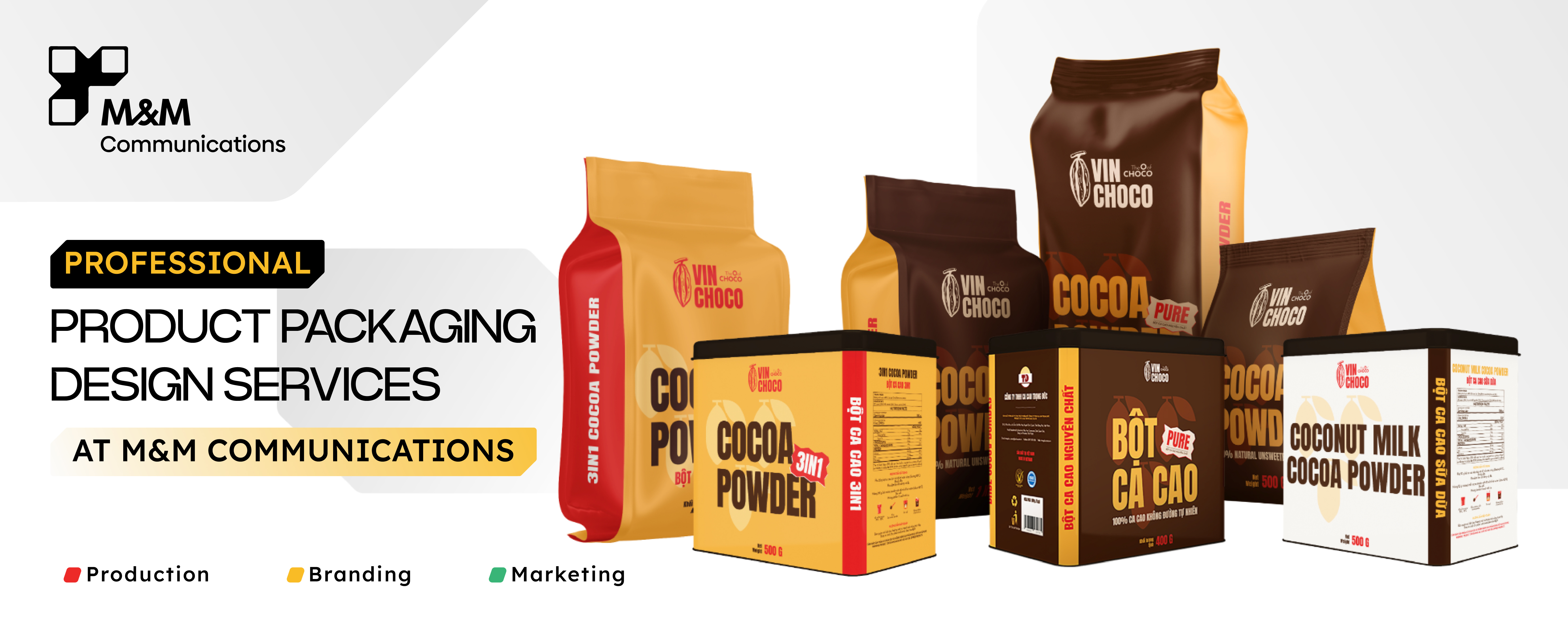
Marketing Strategy 2025: Strategic Planning for Competitive Advantage in Vietnam

1. The Indispensable Role of Marketing Strategy in 2025
In Vietnam's rapidly evolving and increasingly competitive market, a well-defined marketing strategy is no longer a luxury but a necessity for survival and growth. It serves as a roadmap, guiding all marketing efforts towards achieving specific business objectives and securing a sustainable competitive advantage. Without a clear strategy, marketing activities can become disjointed, inefficient, and ineffective.
Why a robust marketing strategy is crucial for Vietnamese businesses:
- Provides Direction and Focus: Aligns all marketing activities with overarching business goals.
- Optimizes Resource Allocation: Ensures marketing budgets and efforts are spent effectively.
- Enhances Competitive Positioning: Helps businesses understand their unique value and how to communicate it in the Vietnamese market.
- Improves Decision-Making: Provides a framework for making informed marketing choices.
- Facilitates Measurable Results: Allows for tracking progress and demonstrating ROI.
- Drives Sustainable Growth: Creates a long-term plan for customer acquisition and retention.
2. Foundational Marketing Strategy Frameworks
Several established frameworks can help structure strategic thinking.
2.1. SWOT Analysis (Strengths, Weaknesses, Opportunities, Threats)
- Strengths: Internal capabilities that provide an advantage (e.g., strong brand in Vietnam, unique technology).
- Weaknesses: Internal limitations that create disadvantages (e.g., limited budget, lack of local market knowledge).
- Opportunities: External factors the business can leverage (e.g., growing middle class in Vietnam, new digital platforms).
- Threats: External factors that could pose a challenge (e.g., new competitors, changing regulations in Vietnam).
2.2. Porter's Five Forces
Analyzes the competitive landscape by examining five forces:
- Competitive Rivalry: Intensity of competition among existing players in the Vietnamese market.
- Threat of New Entrants: Ease with which new competitors can enter the market.
- Threat of Substitute Products or Services: Likelihood of customers finding alternative ways to meet their needs.
- Bargaining Power of Buyers: Ability of Vietnamese customers to drive down prices.
- Bargaining Power of Suppliers: Ability of suppliers to increase input costs.
2.3. The 4Ps of Marketing (Marketing Mix) - Evolved
While traditional, the 4Ps (Product, Price, Place, Promotion) remain relevant, often expanded to 7Ps or adapted for the digital age (e.g., People, Process, Physical Evidence, Participation, Personalization).

3. Comprehensive Market Analysis Methods for Vietnam
Thorough market analysis is the bedrock of an effective strategy.
3.1. Understanding the Vietnamese Consumer
- Demographics: Age, gender, location (urban vs. rural), income levels, education.
- Psychographics: Lifestyle, values, interests, opinions (AIOs), cultural influences specific to Vietnam.
- Behavioral Analysis: Purchasing habits, online behavior, brand loyalty, preferred communication channels in Vietnam (e.g., Zalo, Facebook).
3.2. Market Sizing and Segmentation
- Total Addressable Market (TAM): Overall revenue opportunity.
- Serviceable Addressable Market (SAM): Portion of TAM targeted by your products/services.
- Serviceable Obtainable Market (SOM): Realistic portion of SAM you can capture.
- Segmentation: Dividing the broader Vietnamese market into distinct groups with similar characteristics.
3.3. Trend Analysis
Identifying emerging trends in consumer behavior, technology, and industry within Vietnam and globally that could impact your marketing strategy.
4. Competitive Positioning: Carving Your Niche
Effective positioning differentiates your brand and its offerings from competitors in the minds of Vietnamese consumers.
4.1. Identifying Your Unique Selling Proposition (USP)
What makes your product/service uniquely valuable to your Vietnamese target audience? What can you offer that competitors cannot or do not do as well?
4.2. Developing a Positioning Statement
A concise statement that articulates your target market, your brand's unique value, and the evidence supporting that value. (As detailed in MM021).
4.3. Perceptual Mapping
Visually representing how customers perceive your brand relative to competitors based on key attributes (e.g., price vs. quality, traditional vs. modern for the Vietnamese context).
4.4. Differentiation Strategies
- Product Differentiation: Offering unique features, superior quality, or innovative design.
- Service Differentiation: Providing exceptional customer service, faster delivery (critical in Vietnam), or personalized support.
- Channel Differentiation: Using unique or more effective distribution channels.
- Image Differentiation: Building a strong brand image and personality that resonates with Vietnamese values.
- Price Differentiation: Offering lower prices or better value (be cautious of price wars).
5. Developing a Winning Marketing Plan for 2025
A marketing plan translates your strategy into actionable steps.
5.1. Setting SMART Marketing Objectives
Specific, Measurable, Achievable, Relevant, Time-bound goals (e.g., 'Increase website leads from Ho Chi Minh City by 30% in Q1 2025').
5.2. Defining Target Audiences & Buyer Personas (Vietnam-specific)
Detailed profiles of your ideal Vietnamese customers.
5.3. Budget Allocation
Distributing your marketing budget across different channels and activities based on strategic priorities and expected ROI.
5.4. Choosing Marketing Channels & Tactics
Selecting the most effective channels to reach your Vietnamese target audience (e.g., digital marketing - SEO, PPC on Google/Coc Coc, social media like Facebook/Zalo/TikTok; traditional marketing - TV, print, OOH, events).
5.5. Content Strategy and Messaging
Developing key messages and content pillars that align with your brand positioning and resonate with Vietnamese cultural contexts.
5.6. Implementation Timeline & Responsibilities
Creating a clear schedule for executing marketing activities and assigning responsibilities.
5.7. Measurement and Evaluation Plan
Defining how you will track KPIs and measure the success of your marketing plan.

6. Integrating Digital and Traditional Marketing in Vietnam
For many Vietnamese businesses, an integrated approach that combines the strengths of digital and traditional marketing often yields the best results. Digital offers precise targeting and measurability, while traditional channels can build broad awareness and trust.
7. Agile Marketing: Adapting to a Fast-Changing Environment
The Vietnamese market is dynamic. An agile marketing approach allows for flexibility, quick responses to market changes, and continuous improvement through iterative campaigns and data analysis.
8. Case Study: Strategic Marketing Plan for a Vietnamese SaaS Company (Hypothetical)
Client: A Vietnamese startup offering cloud-based accounting software for SMEs.
Challenge: Low brand awareness and difficulty competing with established international players and traditional accounting methods.
Marketing Strategy by M&M Communications: Focused on educating the Vietnamese SME market about the benefits of cloud accounting. Positioned the software as a user-friendly, affordable solution tailored to Vietnamese accounting standards. The marketing plan included targeted content marketing (blog posts, webinars in Vietnamese), SEO for relevant Vietnamese keywords, partnerships with local business associations, and a free trial offer promoted via Facebook and LinkedIn ads.
Results: Significant increase in website traffic and trial sign-ups, established thought leadership in cloud accounting for Vietnamese SMEs, and steady growth in paying subscribers.
9. Tools for Strategic Marketing Planning and Analysis
- Market Research Platforms: Statista, Euromonitor, local Vietnamese market research firms.
- SEO & Competitor Analysis Tools: SEMrush, Ahrefs, SimilarWeb.
- Analytics Platforms: Google Analytics 4, social media analytics.
- Project Management Software: Asana, Trello, Monday.com to manage plan execution.
- CRM Systems: HubSpot, Salesforce, or local Vietnamese CRMs for customer data management.
10. Conclusion: Strategic Planning – Your Compass for Marketing Success in Vietnam
A well-crafted marketing strategy is the compass that guides your Vietnamese business toward its goals in a complex and competitive landscape. By leveraging proven frameworks, conducting thorough market analysis, defining a strong competitive position, and developing a detailed marketing plan, you can optimize your resources, engage your target audience effectively, and achieve sustainable competitive advantage. Remember that a strategy is a living document; it requires regular review and adaptation to the dynamic Vietnamese market.
M&M Communications empowers Vietnamese businesses with strategic marketing planning that drives growth and market leadership. Contact us to develop a winning strategy tailored to your unique needs.












